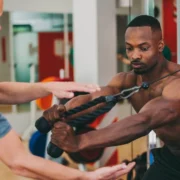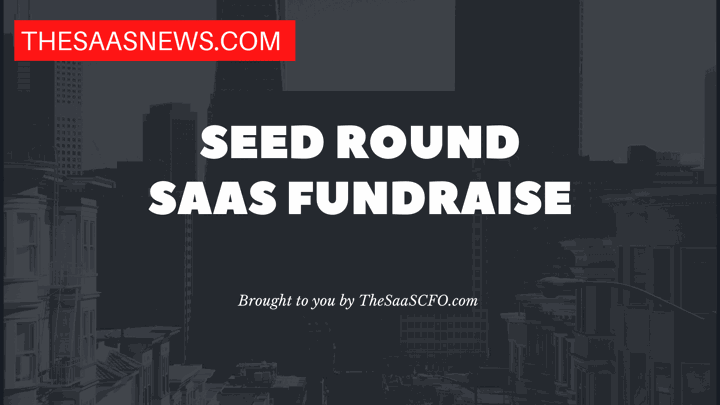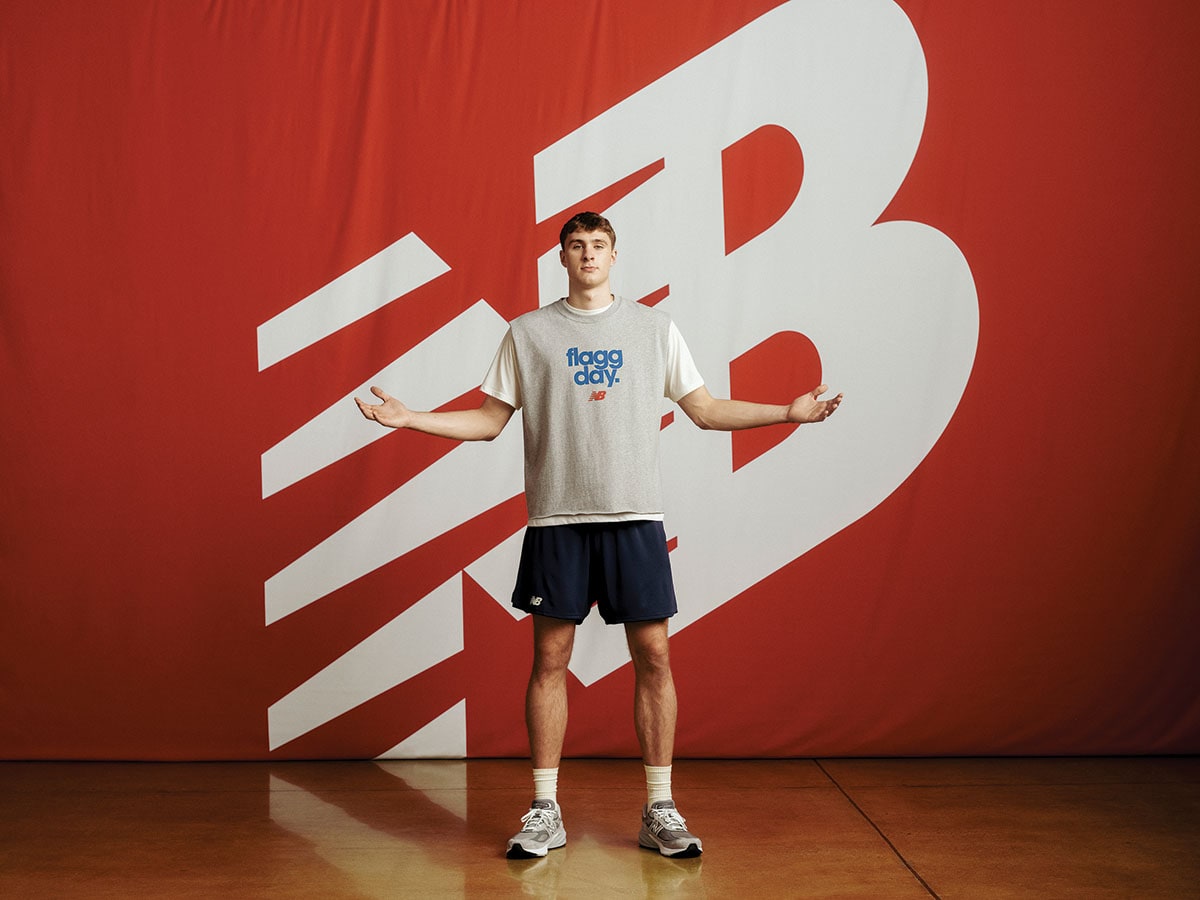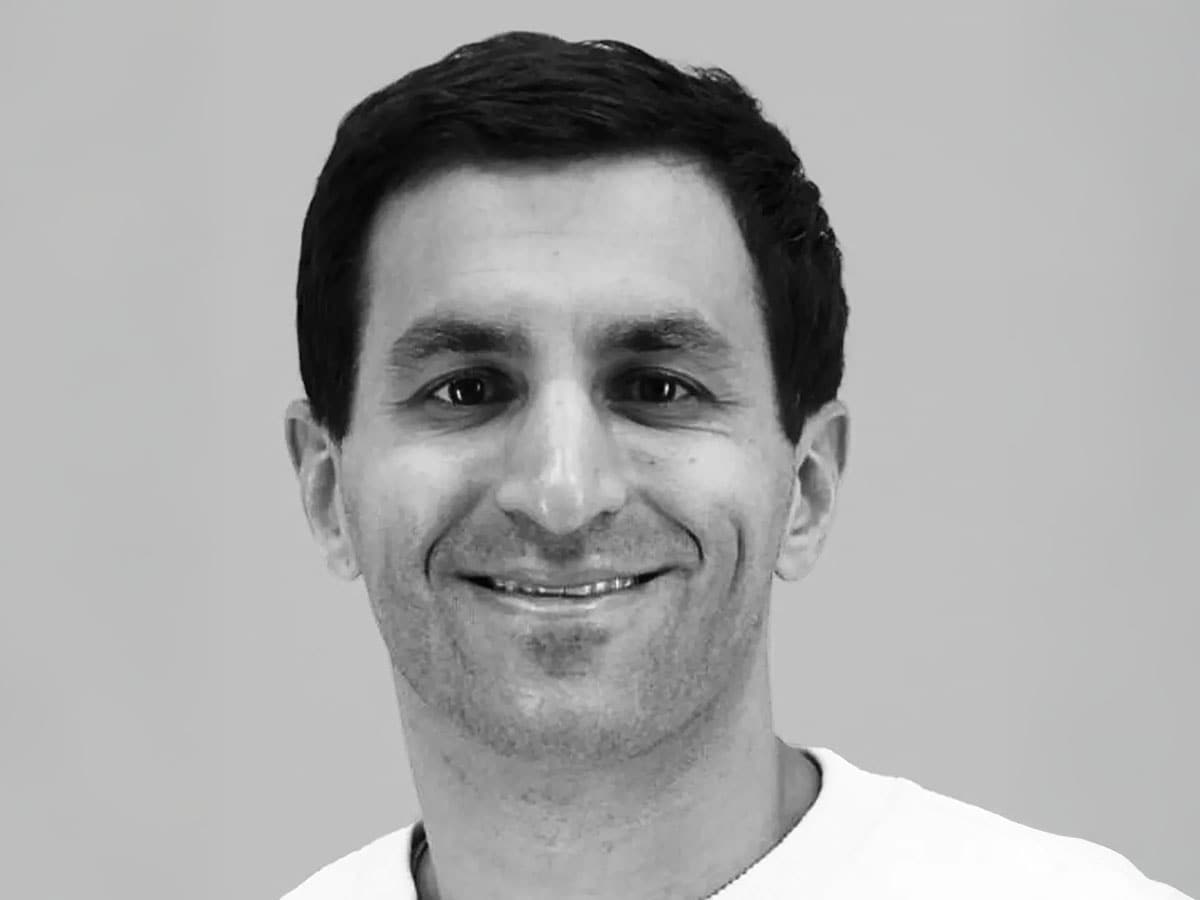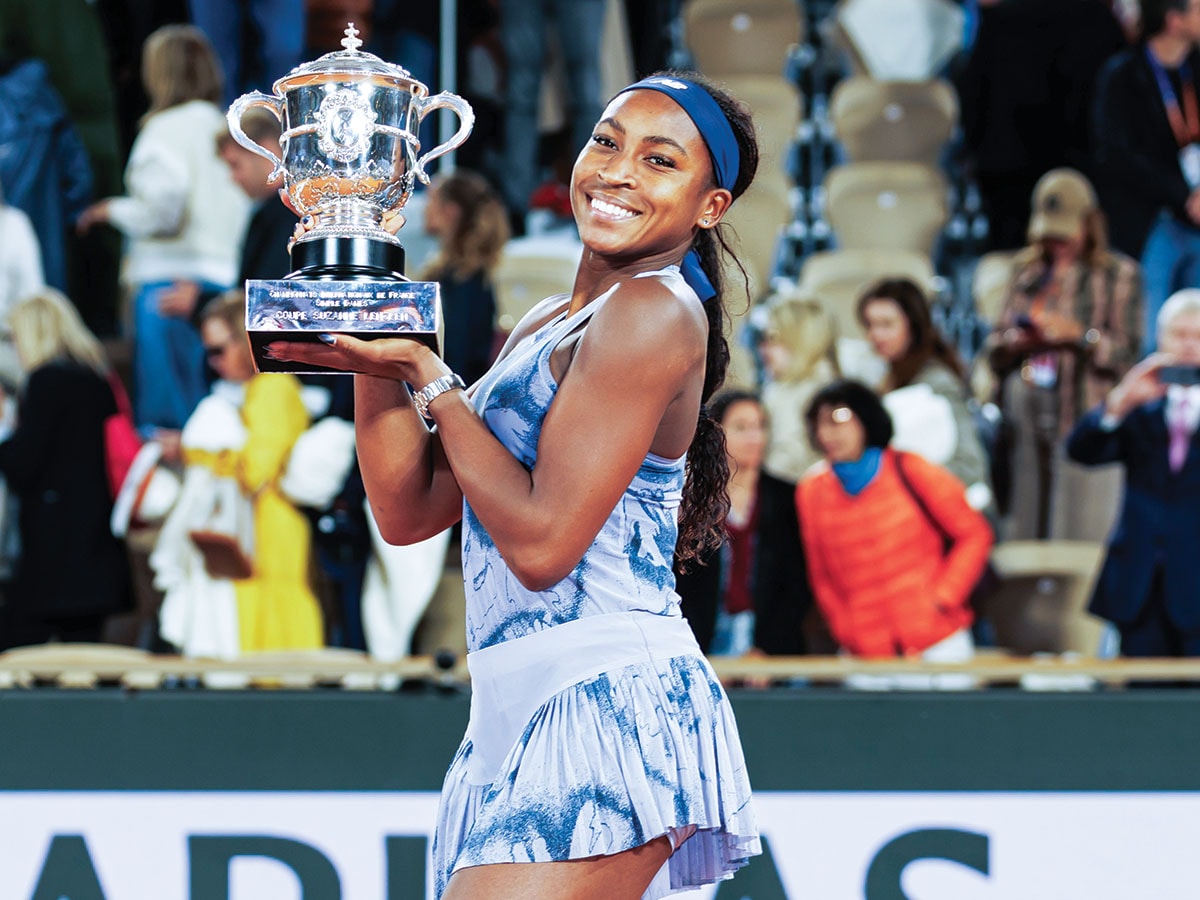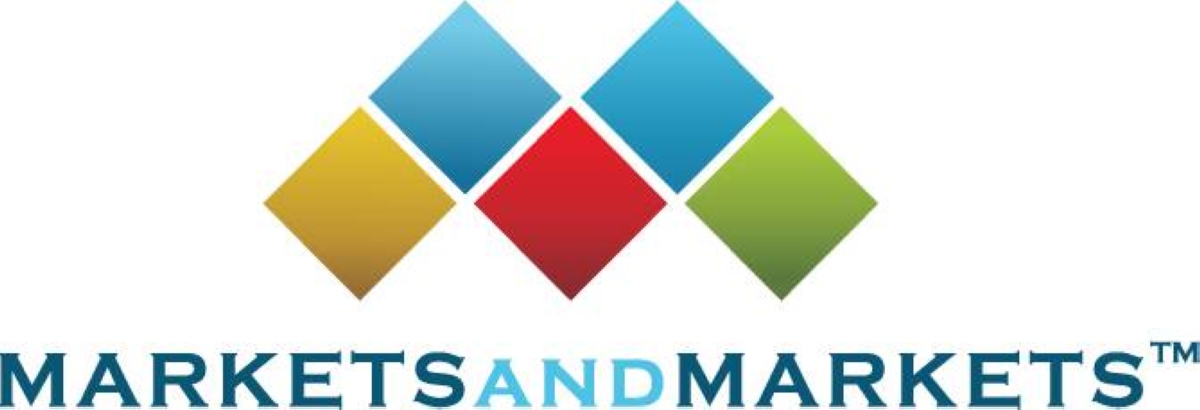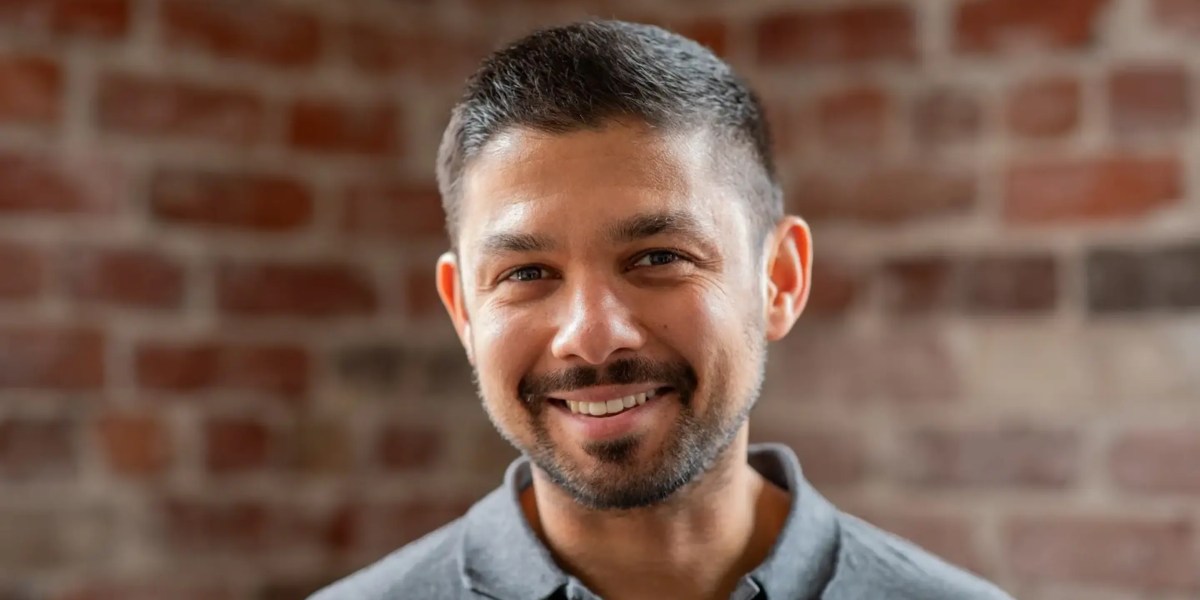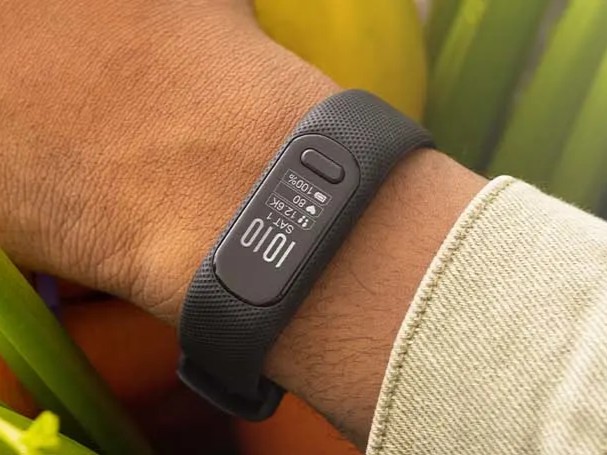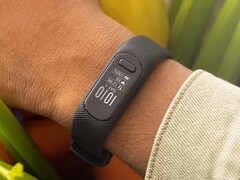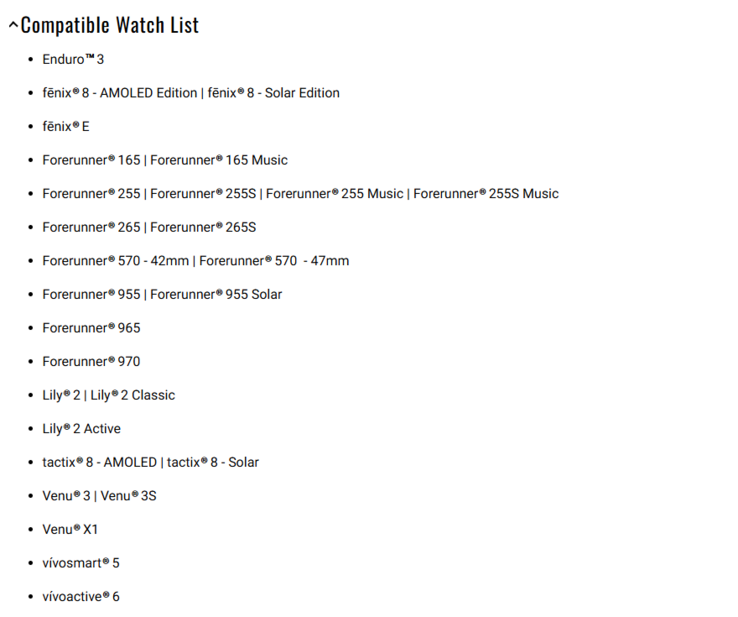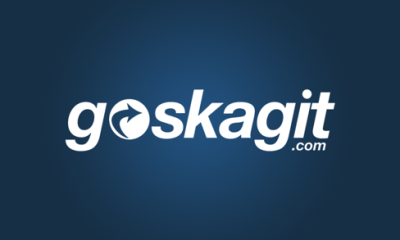The brand’s body scanning device and other technological innovations are must-haves in this new age of fitness featuring GLP-1s
The GLP-1 boom is still sending ripples and waves throughout the fitness industry — and while the weight loss drugs represent an exciting medical breakthrough — they also have fitness professionals asking users to only take them once well-informed.
With visible weight loss being the primary objective for most GLP-1 users, their rapid progress toward that goal and the excitement stemming from it sometimes blankets other health issues brewing below the surface. Of those, nutritional deficiencies or muscle loss represent primary concerns.
But Evolt, the Australian health tech company, is stepping in to alleviate them, seemingly at no better time. Evolt 360, the brand’s body composition scanner which measures lean muscle mass and fat via bioimpedance technology, is an ideal tool for anyone looking to use GLP-1 medications safely and effectively.
By tracking skeletal muscle mass, fat composition and body fat distribution, and creating individual macronutrient profiles to better understand proper protein, carb and fat intake, the device is the guide all GLP-1 users need right now — a surfboard to ride those waves, rather than crash under them.
“I think it’s a great time for gyms to do more personalized training programs, specifically for the GLP-1 user population, creating specialized fitness and nutrition programs for these individuals, and understanding how the drugs affect metabolism and appetite,” said Evolt co-founder and CEO Ed Zouroudis. “There’s an opportunity there utilizing Evolt, being that duty of care.”
Challenges at Hand
By stimulating certain receptors in the brain, GLP-1s have the potential to make users feel “full” even if they’re not. It’s beneficial in some cases, but detrimental in others.
“It’s suppressing their appetite so they aren’t getting enough calories,” said Zouroudis. “People are losing all their skeletal muscle mass and becoming reliant on medications for weight loss.”
With individuals not getting enough calories, that can set up a chain reaction which keeps individuals further and further away from the gym arguably when they need it the most.

“A lot of people have low energy because they’re not eating right,” said Evolt co-founder Kelly Weideman. “If you’re not eating enough, you have low energy and then you don’t feel like training.”
Evolt’s body scanner is the kind of tool gyms or fitness studios need to interrupt that harmful cycle.
“People are going to take these medications,” said Zouroudis. “We know that a lot of gym goers already are utilizing GLP-1s. So the big thing is to make sure they scan and are monitoring the actual weight loss. What is the body dropping in regards to weight? Is it body fat and water or muscle mass as well? With any amount of weight loss reduction, you are going to lose a particular amount of skeletal muscle mass — but we want to minimize that. So one of the objectives by scanning is to make sure you’re maintaining skeletal muscle.”
Education is a Priority
Evolt also has a team of experts well-versed in GLP-1s available for gyms and trainers interested in learning more about the medications. It’s an essential element of Evolt’s mission beyond helping GLP-1 users immediately with a scan.
“We want to make sure you’re learning how many pounds or kilos of skeletal muscle mass and visceral fat you have — but we also want to educate the end-user on what that means,” said Weideman. “What is muscle? Why is it important? Why do I always want to maintain or increase it? A lot of people don’t know that. We’re giving them the metrics but also that next step of education.”
That’s largely accomplished with the Evolt Active App, which links with the body scanner to provide personalized insights and help users track progress over time. It also houses educational articles on health and wellness. Additional educational content is continuously pushed out across Evolt’s social media channels as well.
“We also have the Evolt Learning Hub for all the trainers,” Zouroudis added. “They can become a certified body composition specialist through the education platform. There are modules for trainers to understand body composition and the effects of these weight loss drugs within the training programs.”
Nutrition
That mission also extends with Evolt’s focus on nutrition between scans. The brand curates individualized macronutrient profiles for users which instruct them on how much daily protein, carbohydrates, and fat they should consume with respect to their body composition and goals.
The brand also provides users with supplement and vitamin recommendations to help them safely pursue their health goals more effectively.
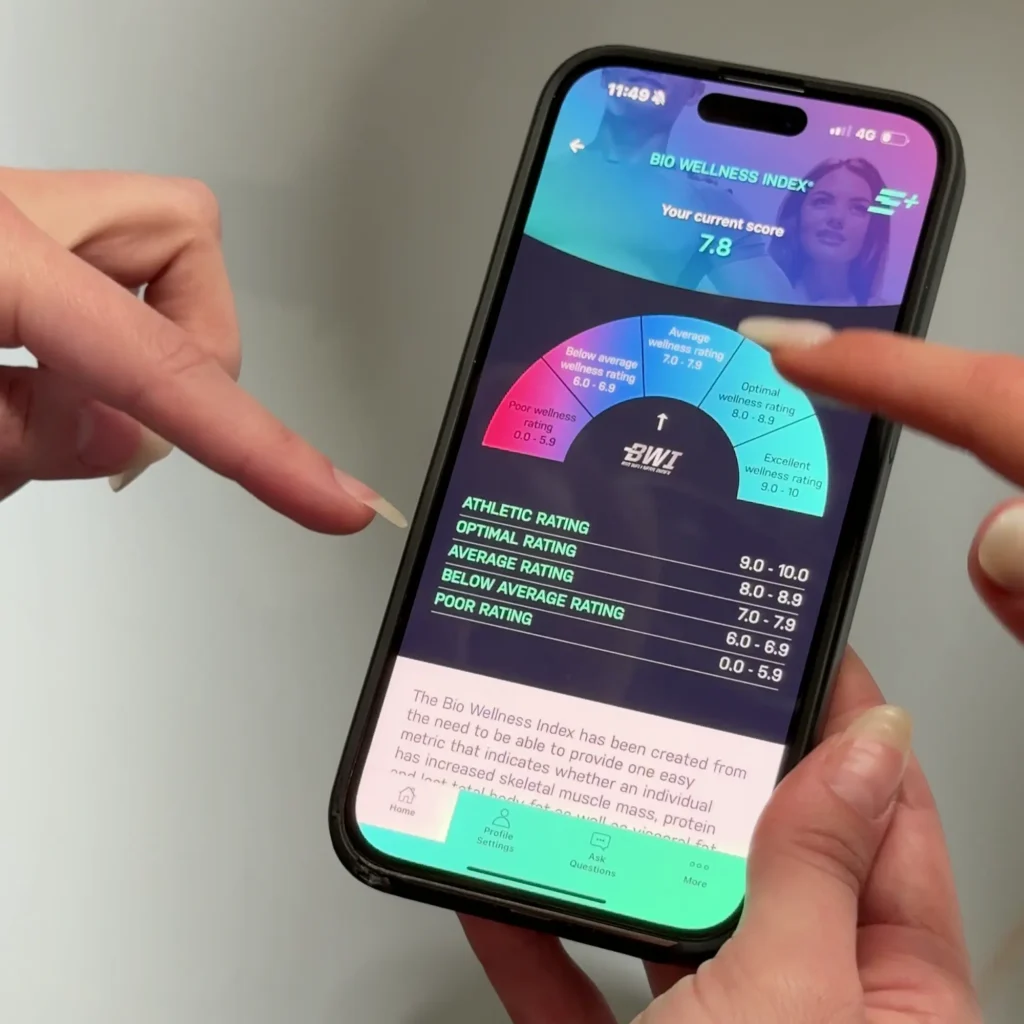
“The big advantage with Evolt over our competitors is the individualized macronutrient profile — understanding what your calorie intake should be for your desired goal,” said Zouroudis. “If you can’t hit that with food because of the appetite being suppressed, that’s where supplementation plays a major part.”
Success Examples
Now that GLP-1s have already established themselves as key elements within the modern health and fitness scene, Evolt’s been quick to follow as that necessary tool to make sure they’re being used advantageously. That’s led to an abundance of success stories already.
“We’ve seen many instances where people have been able to rectify mistakes,” said Zouroudis. “They’ll take the medication and later see that they’re running off the rails. If they are losing skeletal muscle mass, they then tweak the program to up their protein and the resistance training protocol to increase that muscle gain.”
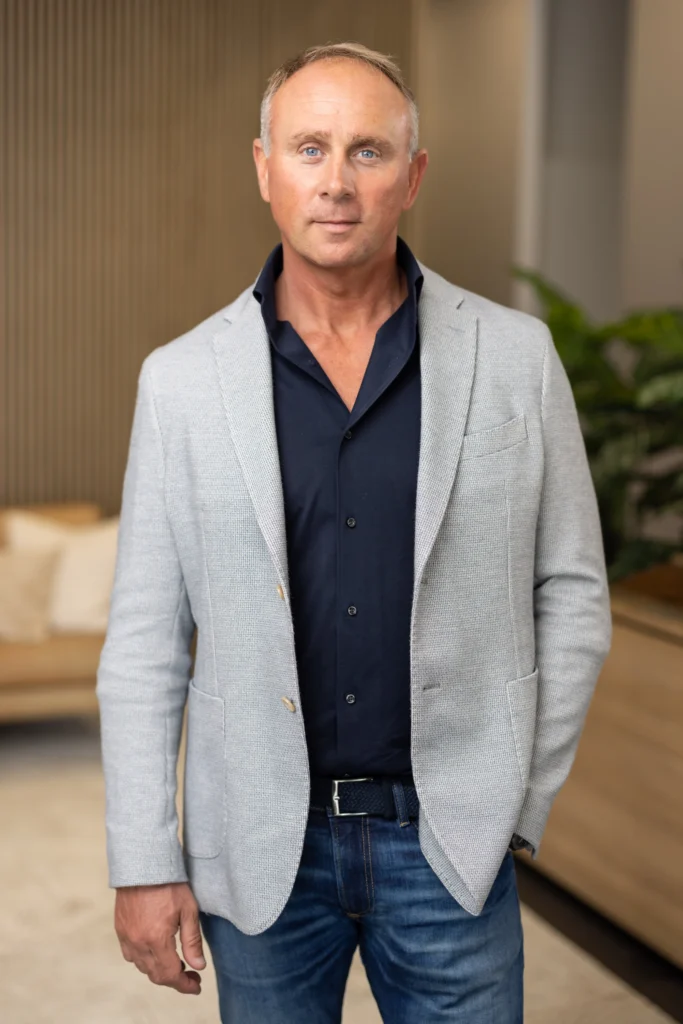
Some even predate the GLP-1 explosion.
“This is the foundation of how Evolt started,” said Zouroudis. “I was training several world champion athletes, mainly the fighters or kickboxers. Nobody lives and breathes weight-cutting more than a professional fighter. As they were dropping weight, it was very important to make sure they maintained skeletal muscle mass and just lost body fat.
“It’s similar 10 years forward with the exposure of these weight loss drugs where we’re looking to identify the same issue,” he added. “We want to make sure that if they are dropping the weight, they are monitoring the actual weight loss.”


